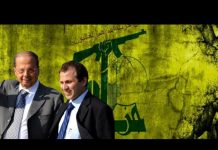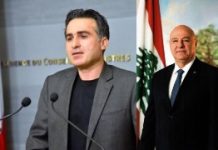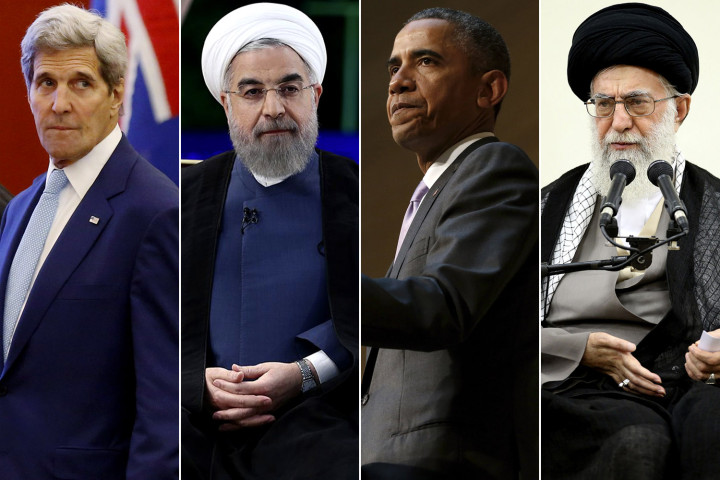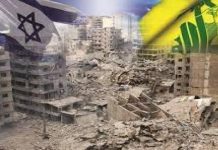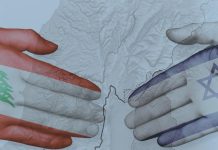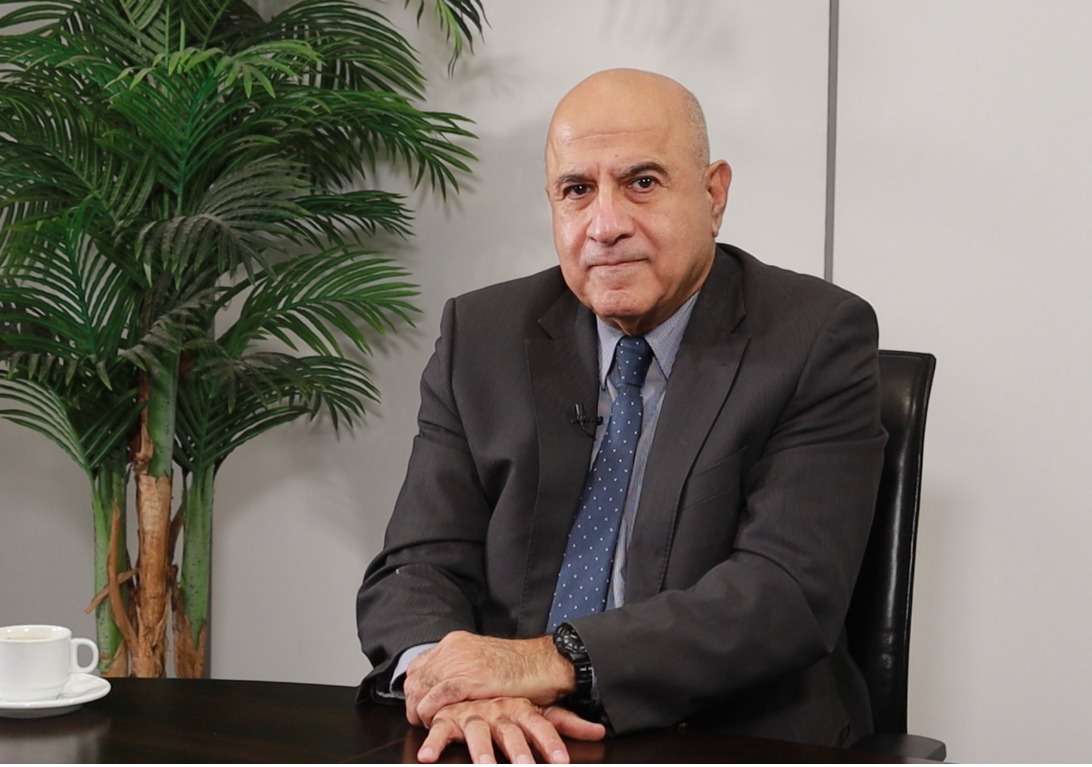How bad is the Iran deal? Let’s count the ways
Amir Taheri/New York Post/September 06/15,
A fatwa that doesn’t exist, a wish list that no one signed, a resolution that contradicts the wish list, a protocol that no one has seen…
These are the elements with which President Obama claims he has concocted a strategy to stop Iran’s nuclear ambitions and stop it exporting murder and mayhem. Supposedly issued by Iran’s “Supreme Guide” Ali Khamenei, the fatwa declares nuclear weapons as “illicit” (haram) in Islam. Obama cites it as “proof” that Iran does not intend to build a bomb. The president has never said he has seen the fatwa, which, in any case, would have no legal or religious weight.
However, those who refer to the fatwa, including some mullahs, always credit Obama as the source of their information. In the 18th century, Mullah Sadra liked to say that “you will see only if you believe.” He has a disciple in Obama. The wish list is the Joint Comprehensive Plan of Action (JCPOA), a 159-page tome issued in Vienna last July after two years of talks between an Iranian delegation and the so-called P5+1 group of big powers led by the US.
“This is neither an agreement nor a treaty,” writes Dr. Saberi Ansari, Iran’s legal advisor during the talks. “An agreement or a treaty is distinguished by the fact that its contents are binding on contracting parties. This is not the case with JCPOA. For example, JCPOA envisages moves that ought to be made by the United Nations or the International Atomic Energy Agency. However, it is not in Iran’s or the P5+1’s gift to decide for the UN and the IAEA.”
What we have instead is a list of things that participants in the talks wish would happen. However, the Iranian side does not feel bound by the wish list. It has not even been presented at the Council of Ministers headed by President Hassan Rouhani. Ministers have read about it in the press. More interestingly, there is no official Persian translation of the text.
The JCPOA, for which Obama has been fighting tooth and nail, has not received even a tepid endorsement from Khamenei. “This thing must be examined further, its shortcomings corrected,” he said on Thursday. Iran’s atomic-energy chief, Ali-Akbar Salehi, put it nicely when he said that “the only thing that Iran gave Obama was a promise not to do things we were not doing anyway, or did not wish to do or could not even do at present.”
Because the JCPOA has no legal basis and no mechanism for application, Obama engineered a hastily drawn Security Council resolution, numbered 2231, to fill the gap. As a sponsor of the resolution, the US is committed to applying it whether the Congress likes it or not. Iran, which didn’t vote for the resolution, refuses to endorse it.
“The point of reference for us is the JCPOA,” says Iranian Deputy Foreign Minister Abbas Araqchi.Foreign Minister Javad Zarif goes further, boasting that Iran “will close this dossier” without accepting any of the seven resolutions passed by the UN. But even if Iran endorsed the resolution, what proof is there that it won’t cheat?Obama answers that with his favorite cliché of “robust inspections.”
In that context, the protocol signed by the IAEA and Iran last July merits attention.Obama’s “chance in a lifetime” diplomatic coup is nothing but a shady deal. The text of the protocol remains secret, known only the two signatories. So, Obama couldn’t know whether or not it envisages “robust” inspections; he could only hope that would be the case.
Statements by IAEA and Iranian officials indicate that the envisaged inspections are unlikely to be “robust.” Both assert that there will be no inspectors from countries with nuclear arsenals. That excludes the P5 to start with. Then, Iran will not allow inspectors from “unfriendly countries” such as Canada. The IAEA must ask Iran to arrange for inspections at least one month in advance, long enough to “cleanse” any site and change the decor. Even then, the IAEA must first consider using Iranian inspectors.
If Iran and the IAEA cannot agree the matter is referred to a ministerial group that would meet at least once every two years. There, decisions could be taken only if five out of the eight involved agree. (That is to say P5+1, plus Iran plus the European Union).
With Russia and China likely to vote with Iran or abstain, the mullahs would need one vote to stop any move against them. That could come from the EU some of whose members might cherish an opportunity to thumb their noses at the US, even if only by abstaining. Obama claims he has “blocked all of Iran’s paths to building nuclear weapons.”
That is untrue.
Iran is allowed to continue enriching uranium and producing plutonium, ingredients needed for nuclear warheads, albeit at lower grades. Iran promises to slow down the process for a 10-year period. Even then, it is not clear at what cadence the proposed slowdown would take place. In the meantime, Iran is benefiting from a steady crumbling of the sanctions edifice. More than 30 Iranian companies and banks are doing business with the EU and other nations.
Twenty-two individuals banned from travel abroad, among them eight generals and three convicted terrorists, have visited other countries.
The flow of unfrozen cash assets to Iran continues and is expected to top $20 billion by the end of the year. The ban on arms sales is quietly ignored, with Russia delivering S-300 anti-aircraft missiles and negotiating the sale of war planes and submarines. (Tehran and Moscow signed 11 agreements last week.) For its part, China has agreed to upgrade Iran’s nuclear industry, especially by supplying new plutonium plants.
Obama’s “chance in a lifetime” diplomatic coup is nothing but a shady deal between the Democrat Party and the Khomeinist faction in Tehran led by former President Hashemi Rafsanjani. The “deal” was prompted by calculations pertaining to domestic politics in the US and Iran. It leaves intact the potential threat that Iran’s nuclear ambitions continue to pose for peace and stability in the Middle East.




